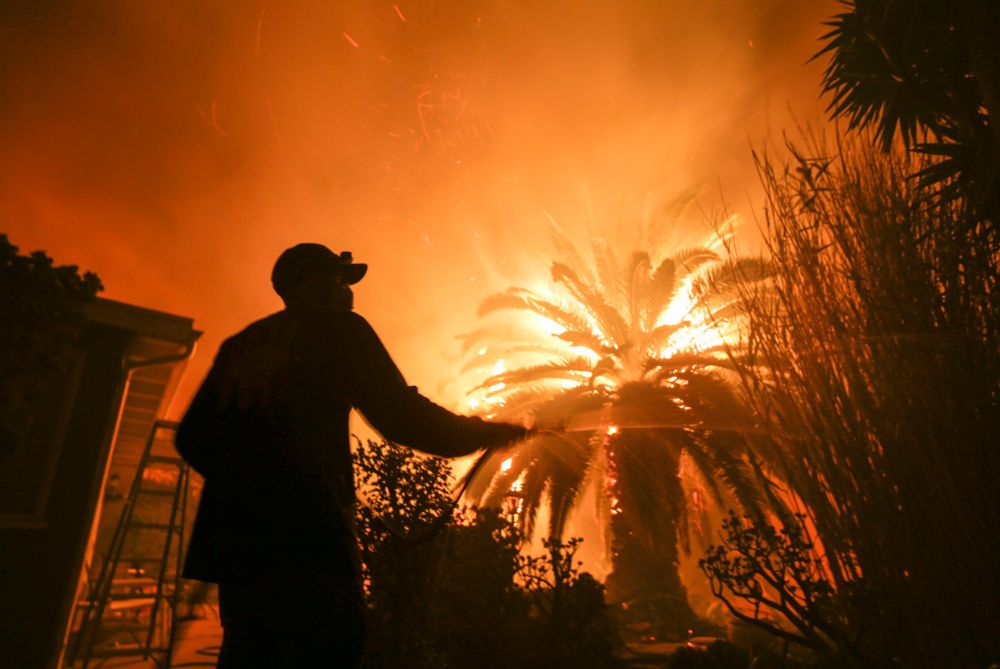
fire behaviour | fire ecology | fire management
Associate Professor at University of Trás-os-Montes e Alto Douro,
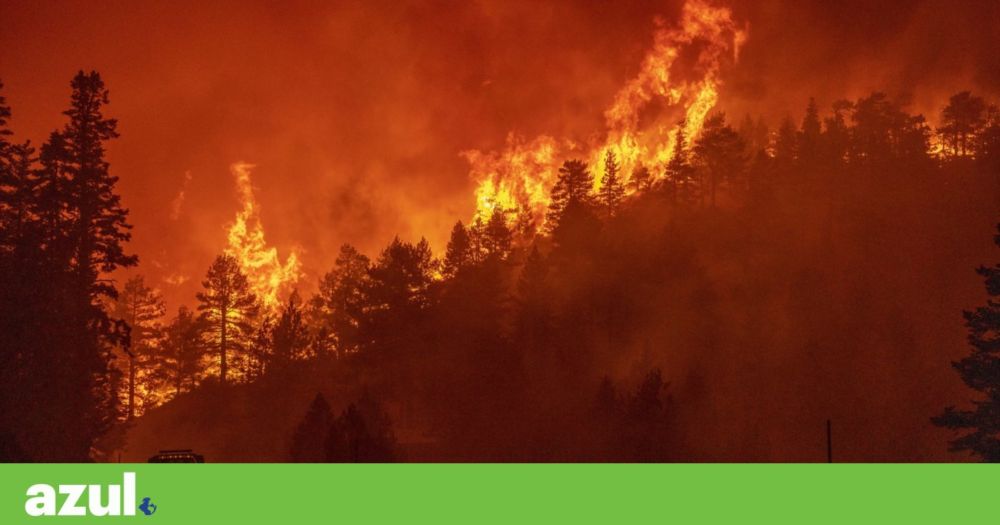
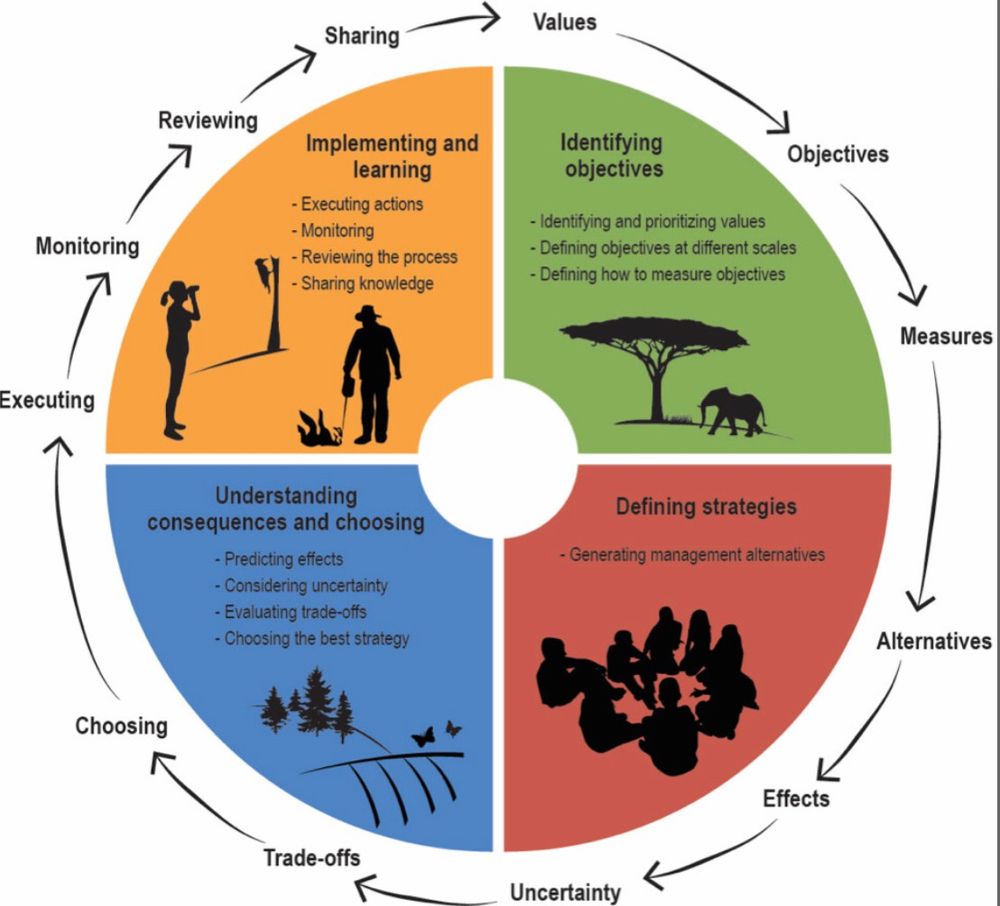
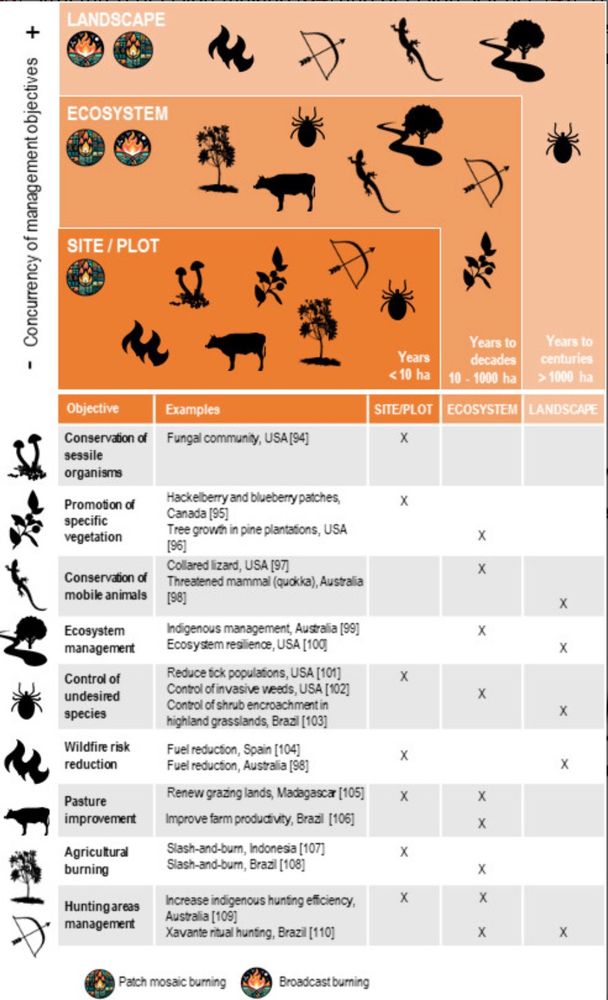
Reposted by Victor Danneyrolles
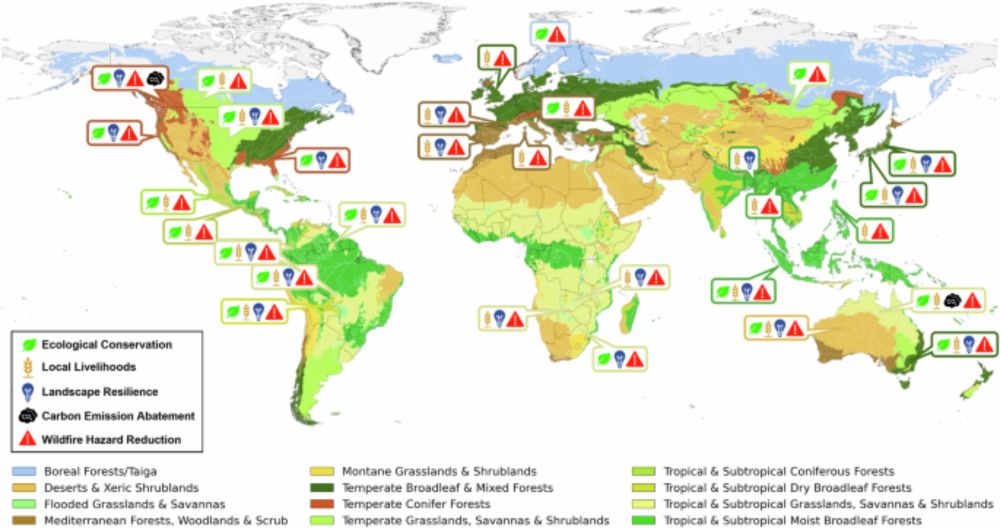
Reposted by Paulo M. Fernandes, Rebecca Bliege Bird

Reposted by Paulo M. Fernandes
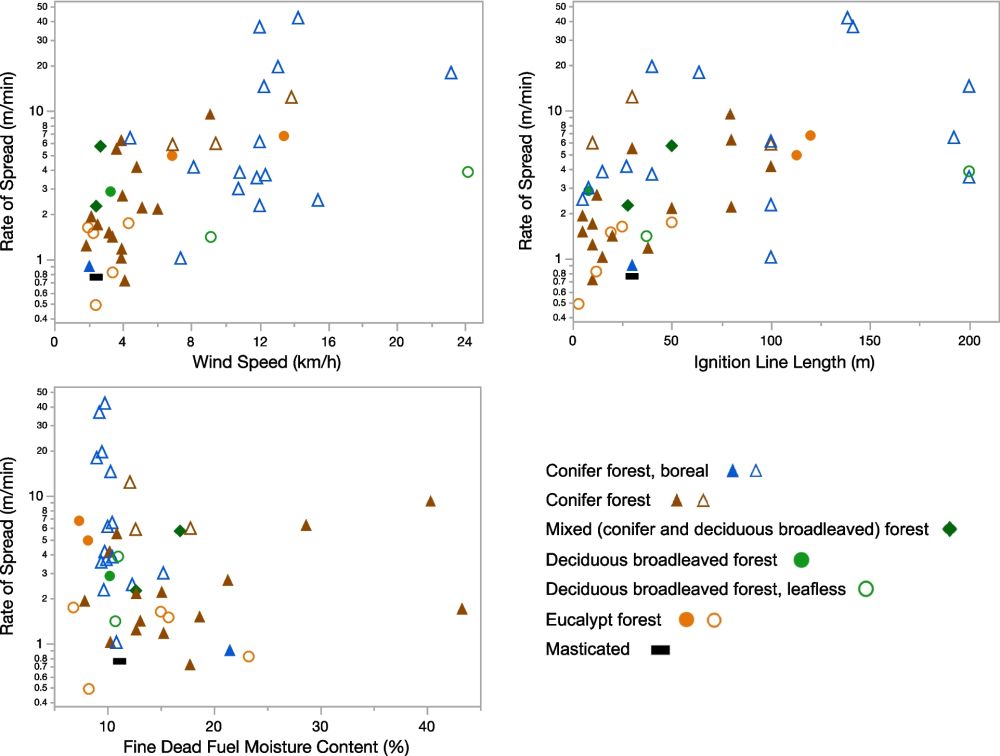
link.springer.com/article/10.1...

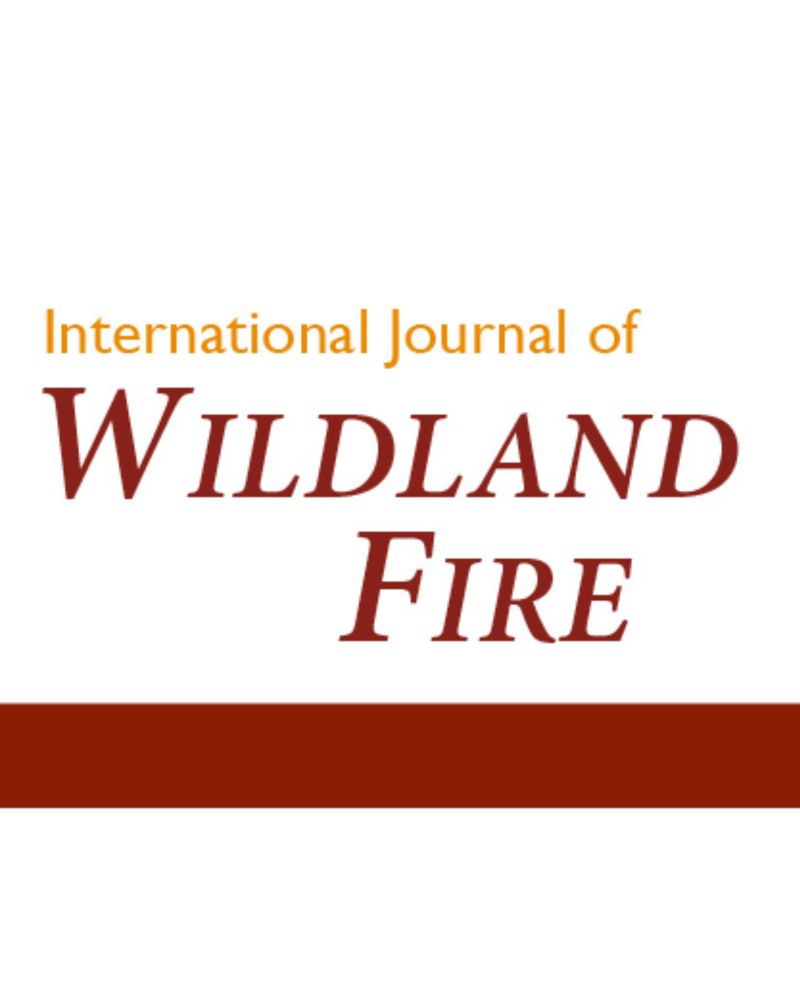
www.publish.csiro.au/WF/WF24042
Reposted by Victor Danneyrolles
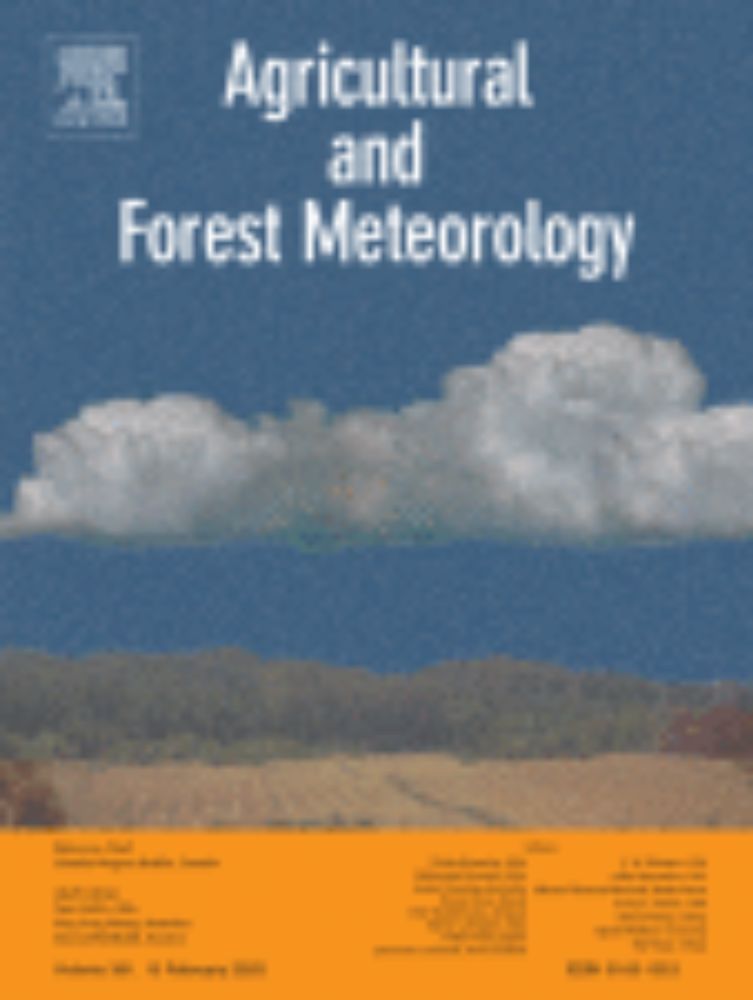
www.sciencedirect.com/science/arti...
nero-network.eu/news/nero-ne...
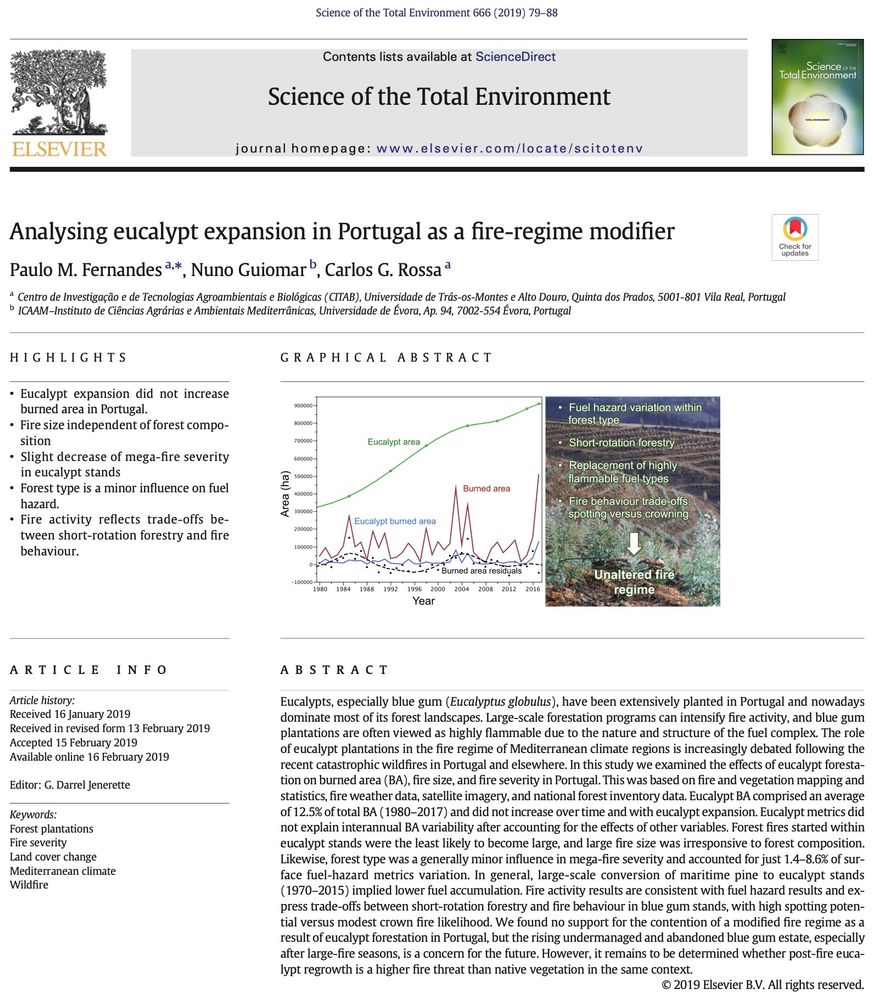
Reposted by Paulo M. Fernandes
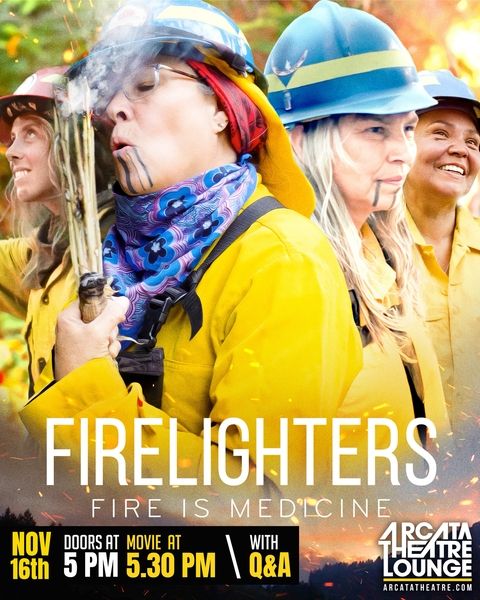
sandezeig.com
Reposted by Paulo M. Fernandes, Brian J. Harvey, Korina Ocampo‐Zuleta
Fire starter packs:
Fire ecology: bsky.app/starter-pack...
Wildfire experts: bsky.app/starter-pack...
Feeds:
Disasters: Fire bsky.app/profile/did:...
Wildfires (fire science): bsky.app/profile/davi...
🧪🌍🌳🔥🌿


